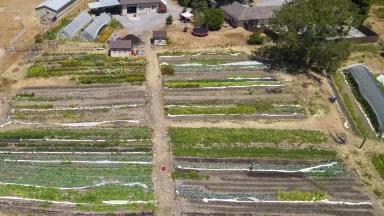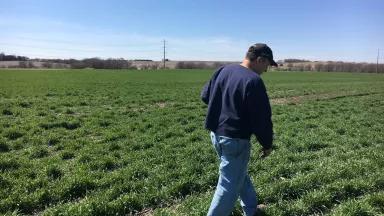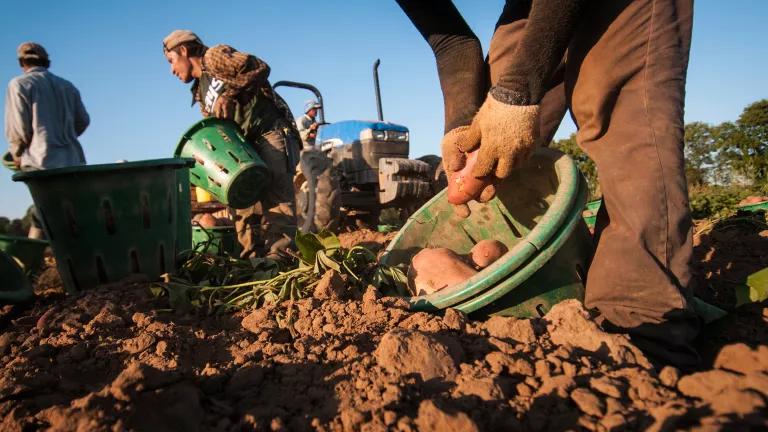Covering Crops: How Federal Crop Insurance Program Reforms Can Reduce Costs, Empower Farmers, and Protect Natural Resources

Federal Crop Insurance is the most important component of the "farm safety net," providing coverage for more than 80 percent of U.S. farmland. The program is critical for helping farmers face unpredictable weather patterns and fluctuating crop prices.
But there are big opportunities for improvement. A number of peculiarities in the U.S. crop insurance program makes it challenging for farmers to manage their risk through time-tested soil health practices, such as planting a variety of crops or using cover crops.
Congress is already starting to debate a new Farm Bill, which will shape the Federal Crop Insurance Program (FCIP) for the next several years. NRDC’s issue paper Covering Crops: How Federal Crop Insurance Program Reforms Can Reduce Costs, Empower Farmers, and Protect Natural Resources describes the FCIP, outlines the current issues with the program, and offers several policy solutions Congress should consider to rein in costs and empower farmers to use time-tested risk-management methods.
Incentivizing Cover Crops in Iowa
Iowa has made exciting progress on one of the key policy solutions in Covering Crops: The Iowa Department of Agriculture and Land Stewardship (IDALS) announced in November 2017 that it will offer a $5-per-acre “good farmer discount” on crop insurance premiums to farmers that plant cover crops this season.
Iowa’s initiative can serve as a model for other states looking to reward farmers for better risk management. NRDC and coalition partners—Practical Farmers of Iowa, Iowa Farmers Union, and Iowa Environmental Council—have supported IDALS in this effort. Read this blog post to learn more.







